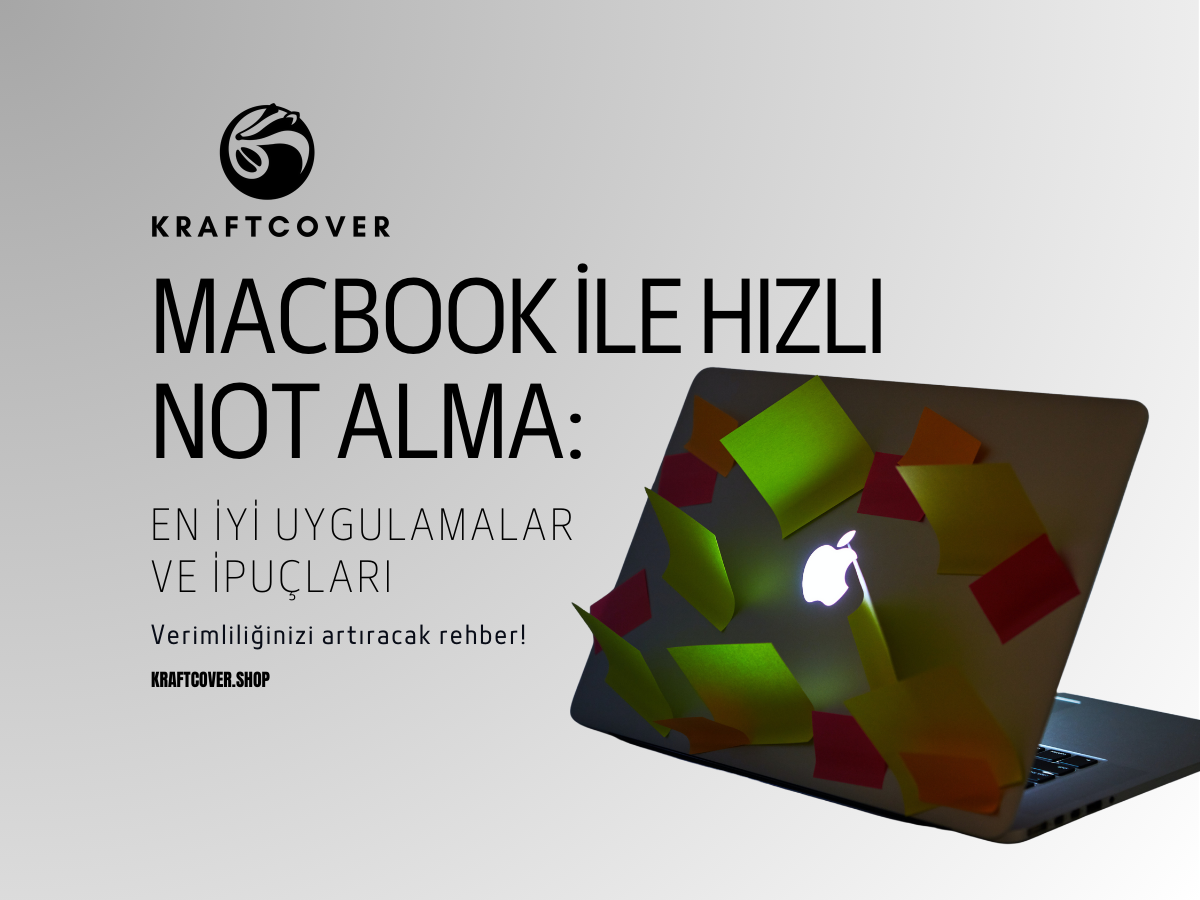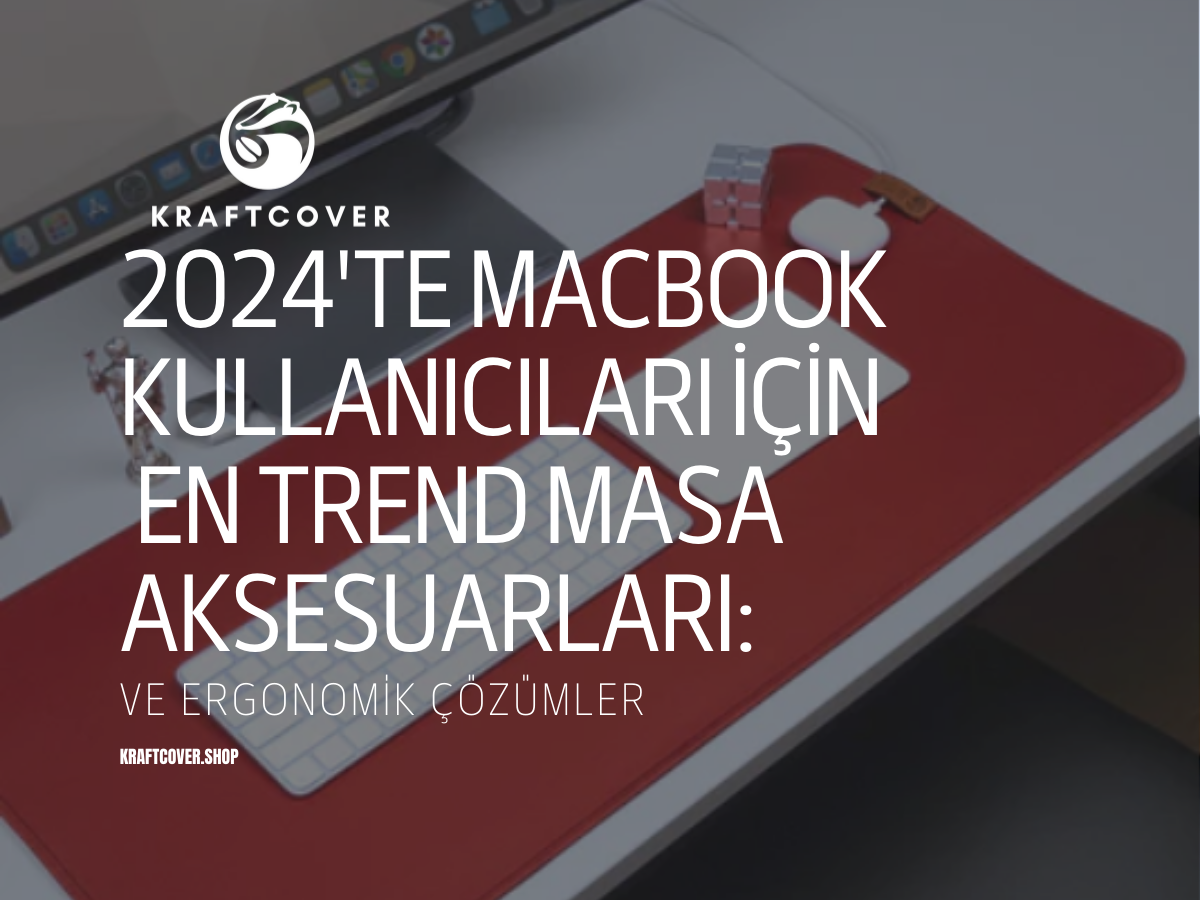MacBook satın alırken en çok kafa karıştıran noktalardan biri, RAM ve depolama arasındaki farkı anlamak ve ihtiyaca göre en uygun olanı seçmektir. Özellikle hem iş hem de günlük kullanım için uzun ömürlü ve performansı yüksek bir cihaz arıyorsanız, bu iki bileşen arasındaki farkları ve işlevlerini net olarak bilmek önemlidir.
Bu yazıda, RAM ve depolama kapasitesinin ne anlama geldiğini, MacBook performansına nasıl etki ettiğini ve ihtiyaçlarınıza uygun olanı seçmek için nelere dikkat etmeniz gerektiğini detaylarıyla ele alacağız.
RAM Nedir ve MacBook’ta Nasıl Çalışır?

RAM (Random Access Memory), bilgisayarınızın hızlı çalışan, geçici belleğidir. MacBook’unuzda anlık olarak çalışan uygulamalar ve işlemler, RAM üzerinde yürütülür. Kısacası, bilgisayarınızın kısa vadeli hafızasıdır. RAM’in asıl amacı, aktif olarak kullandığınız programları ve verileri hızlı bir şekilde erişilebilir tutmaktır. Bu nedenle, RAM ne kadar büyükse, aynı anda daha fazla işlemi hızlı bir şekilde gerçekleştirebilirsiniz.
MacBook’unuzda RAM, sistem performansı açısından kritik bir rol oynar. Örneğin, aynı anda birçok tarayıcı sekmesi açmak, video düzenlemek ya da büyük veri dosyalarını işlemek gibi işlemler RAM’in yoğun kullanımını gerektirir. MacBook'unuzda RAM kapasitesi ne kadar yüksekse, bu işlemler o kadar sorunsuz ve hızlı gerçekleştirilir. Bu, özellikle yazılımcılar, grafik tasarımcılar, fotoğrafçılar ve video editörleri gibi profesyonel kullanıcılar için oldukça önemlidir.
RAM, aynı zamanda macOS'un sorunsuz çalışmasını sağlar. İşletim sistemi ve arka planda çalışan uygulamalar, RAM kapasitesini aktif olarak kullanır. Yeterli RAM olmadığında, sistem yavaşlar, uygulamalar geç yanıt verir ve genel kullanıcı deneyimi olumsuz etkilenir. Bu nedenle, günlük işlemler için bile en az 8 GB RAM önerilirken, profesyonel kullanıcılar için 16 GB veya 32 GB RAM seçenekleri uzun vadede daha iyi bir deneyim sunar.
Not: RAM kapasitesini artırmak MacBook’larda sonradan mümkün olmadığı için satın alırken ihtiyacınıza uygun olanı seçmek oldukça önemlidir.
Depolama Nedir ve MacBook İçin Neden Önemlidir?

Depolama, bilgisayarınızdaki tüm dosyaları, uygulamaları, işletim sistemini ve verilerinizi saklayan kalıcı bellektir. MacBook’larda kullanılan SSD (Solid State Drive) teknolojisi, geleneksel sabit disklerden (HDD) çok daha hızlıdır. Bu sayede, MacBook’unuzda depolanan verilere erişmek ve dosya işlemlerini gerçekleştirmek oldukça hızlı olur. Depolama, uzun vadeli hafızanızdır; bilgisayarınızı kapattığınızda dahi verileriniz burada saklanmaya devam eder.
Depolama kapasitesi, MacBook’unuzda ne kadar veri saklayabileceğinizi belirler. Bu, özellikle yüksek çözünürlüklü fotoğraf ve videolarla çalışanlar, büyük projeler oluşturanlar veya geniş müzik kütüphanesi olan kullanıcılar için oldukça kritiktir.
Örneğin, çok fazla uygulama yükleyen, oyun oynayan veya büyük dosyalarla çalışan biriyseniz, en az 512 GB ya da 1 TB depolama kapasitesine sahip bir model seçmek önemlidir.
Depolamanın bir diğer kritik özelliği de hızıdır. MacBook’larda kullanılan SSD’ler, verilerin hızla okunup yazılmasını sağlar. Özellikle büyük dosyaları taşıma, kopyalama ve düzenleme işlemleri sırasında bu hız farkı kendini gösterir.
SSD teknolojisi sayesinde, sistem açılış süresi ve uygulama başlatma süreleri ciddi ölçüde kısalır, bu da genel kullanıcı deneyimini olumlu etkiler.
RAM ve Depolama Arasındaki Fark Nedir?
RAM ve depolama, MacBook’un iki farklı işlevini yerine getiren temel bileşenlerdir. RAM, kısa süreli bellek olarak çalışan uygulamaların geçici olarak depolandığı yerdir. Bilgisayarınızı kapattığınızda RAM üzerindeki tüm veriler silinir. Depolama ise uzun süreli bellektir; dosyalarınız, işletim sisteminiz ve uygulamalarınız burada kalıcı olarak saklanır.
Özetlemek gerekirse: RAM, bilgisayarınızın hızını, aynı anda birden fazla uygulama çalıştırma kapasitesini ve genel çoklu görev performansını etkiler. Yeterli RAM’e sahip değilseniz, bilgisayarınızda gecikmeler yaşanabilir, uygulamalar yavaşlayabilir ve performans düşebilir. Depolama ise verilerinizin saklandığı alandır.
Depolama kapasitesi, dosya, uygulama ve veri depolama ihtiyacınızı karşılar. MacBook’unuzun depolama alanı dolduğunda, yeni veriler eklemek için eski dosyaları silmeniz ya da harici depolama çözümlerini kullanmanız gerekebilir.
Hangi Durumda Hangisi Daha Önemlidir?
Her iki bileşen de MacBook’un performansını etkiler, ancak hangi bileşenin daha önemli olduğu tamamen kullanım amacınıza bağlıdır. İşte birkaç senaryo:
- Yazılım Geliştiricileri ve Grafik Tasarımcılar İçin: Yüksek RAM kapasitesi, aynı anda birden fazla uygulama çalıştırmak, büyük projeleri düzenlemek ve ağır grafik işlemlerini yürütmek için gereklidir. Bu tür kullanıcılar için en az 16 GB RAM önerilir. Depolama ise ikincil öneme sahiptir; ancak büyük dosyalarla çalışıyorsanız, 1 TB veya daha fazla depolama alanı işlerinizi kolaylaştırabilir.
- Video ve Fotoğraf Düzenleme: Yüksek çözünürlüklü fotoğraf ve videolarla çalışanlar için hem RAM hem de depolama önemlidir. RAM, düzenleme işlemlerinin sorunsuz gerçekleşmesini sağlarken, depolama, büyük boyutlu dosyaların saklanması için gereklidir. Bu durumda, 16 GB RAM ve 512 GB ya da 1 TB SSD depolama alanı ideal bir kombinasyondur.
- Günlük Kullanıcılar: Eğer MacBook’unuzu e-posta, internet gezintisi, belge düzenleme ve hafif medya tüketimi için kullanıyorsanız, 8 GB RAM yeterli olabilir. Ancak, depolama ihtiyacı kişisel tercihlerinize bağlı olarak değişir. Çoğu kullanıcı için 256 GB depolama kapasitesi başlangıç için yeterli olabilir; ancak fotoğraf ve video depolama ihtiyacınız varsa, 512 GB tercih etmek daha güvenli olacaktır.
Sıkça Sorulan Sorular
-
MacBook’ta RAM kapasitesini artırabilir miyim?
Hayır, MacBook'ların yeni modellerinde RAM anakarta entegre olarak gelir ve sonradan artırılamaz. Bu nedenle, cihazı satın alırken ihtiyacınıza uygun RAM kapasitesini seçmeniz önemlidir. -
Depolama alanı dolduğunda ne yapmalıyım?
Depolama alanınız dolduğunda, harici SSD’ler veya bulut depolama çözümleri kullanabilirsiniz. Ayrıca, gereksiz dosyaları silerek ve verilerinizi düzenleyerek alan açmanız mümkündür. -
Hangi RAM kapasitesini seçmeliyim?
Günlük kullanım için 8 GB RAM genellikle yeterlidir. Ancak, video düzenleme, grafik tasarım veya yazılım geliştirme gibi yoğun işlemler yapıyorsanız, 16 GB veya daha yüksek RAM kapasitesini tercih etmelisiniz. -
Depolama kapasitesini artırabilir miyim?
Depolama alanı MacBook’larda genellikle sabittir ve sonradan artırılamaz. Ancak, harici depolama çözümleri veya bulut hizmetleri kullanarak depolama kapasitenizi artırabilirsiniz.




